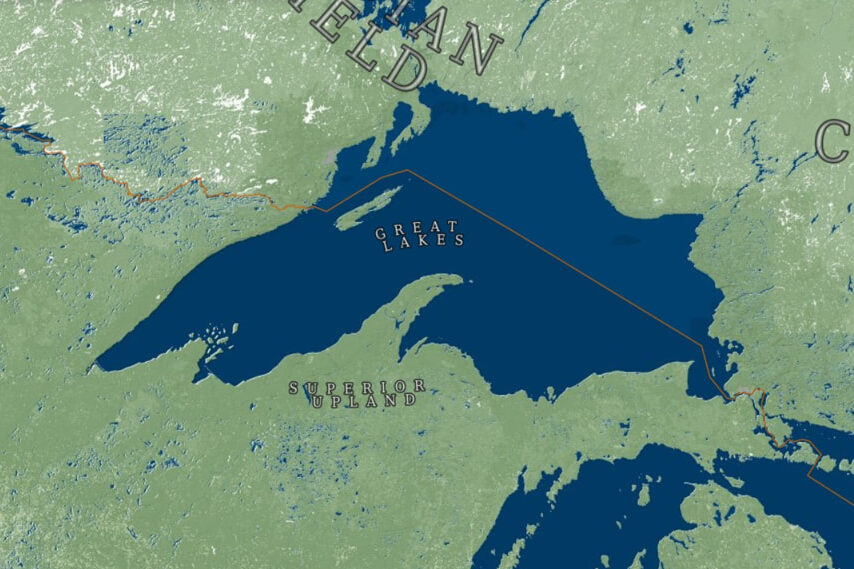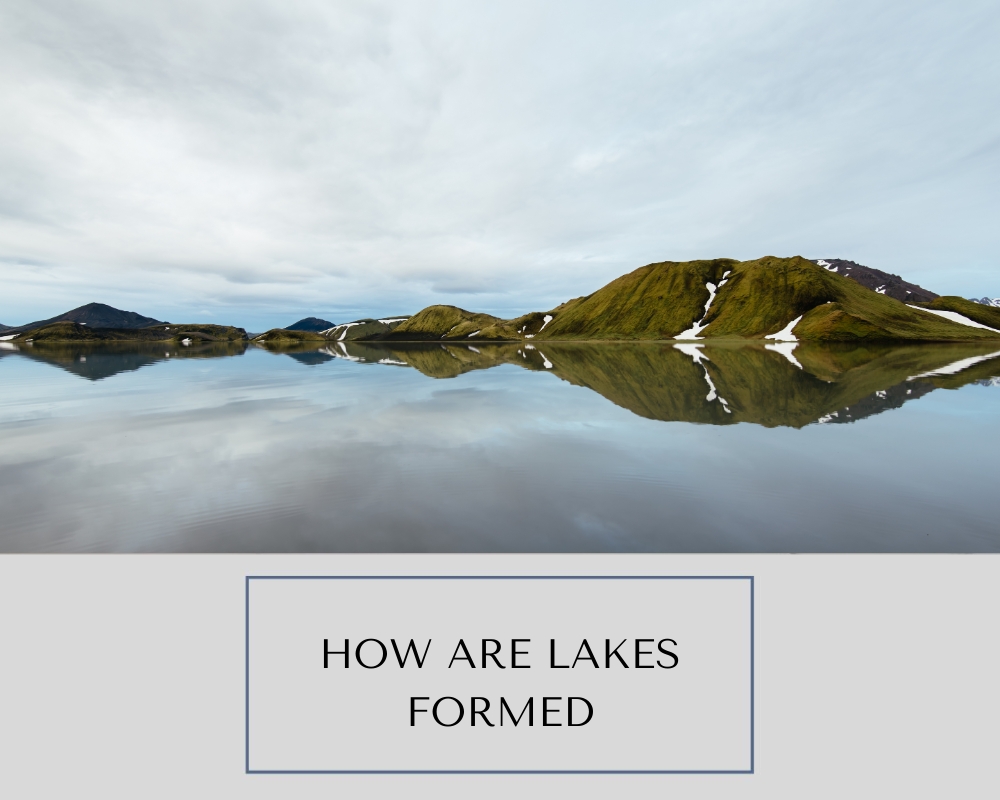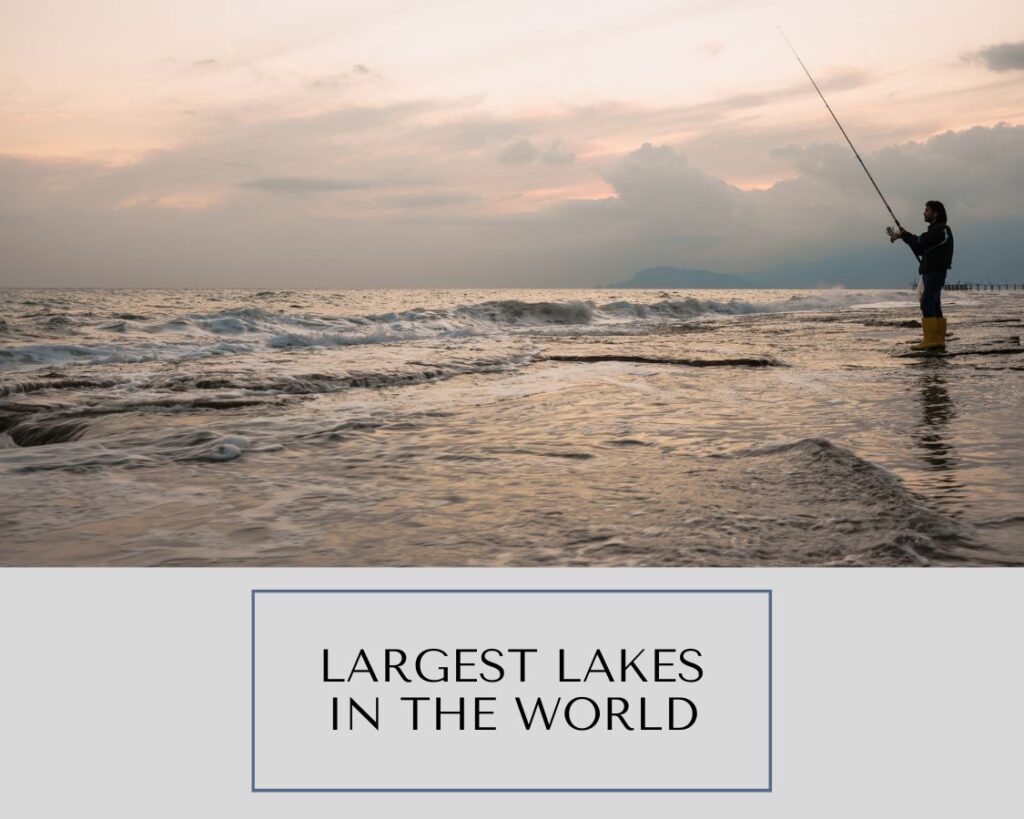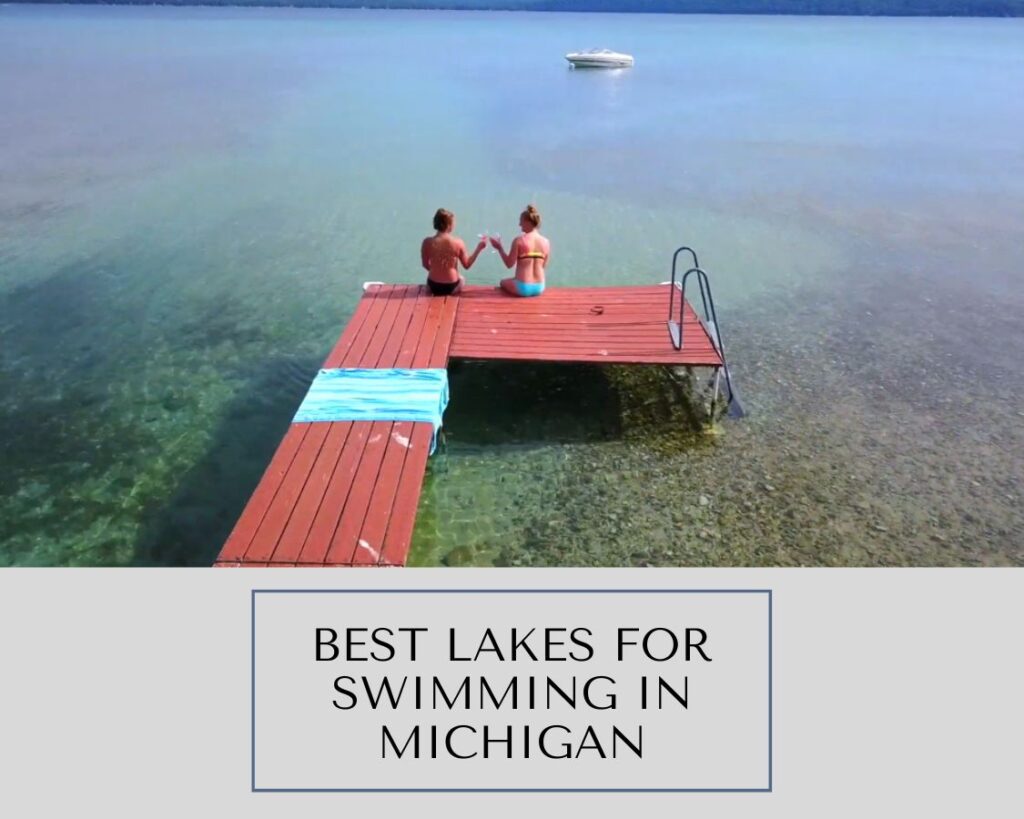Lakes — nature’s alluring, serene mirrors that are scattered around the planet’s exterior — enhance its picturesque vistas. However, have you ever been so captivated by these tranquil aquatic expanses that you began pondering their origin? This article is an enchanting journey traversing the captivating formations of lakes, unraveling secrets, and tying them to a complex interplay of geological forces, climatic factors, and, surprisingly, human intervention.
Have you ever paused your busy life to appreciate a lake’s serenity, wondering how such a splendid natural water body came into existence? If so, you’re about to delve into the fascinating and multifaceted world of lake formation.
Birth of a Lake: Painting a Picture with Geological Forces
The origins of lakes often lie deep in the woven fabric of geological phenomena. Here’s the play-by-play of how these nonpareil natural marvels come into being:
1. Tectonic Activity – Foundation Beneath the Surface
Over eons, the Earth’s tectonic plates constantly jostle against each other, resulting in fissures large and small. The colossal pressure generated beneath the Earth’s crust forms depressions, known as basins, through colossal shifts. Subsequent precipitation and runoff fill these bowls, marking the inception of lakes. This is a testament to how tectonic activity silently goes about orchestrating the creation of such eye-pleasing landscapes.
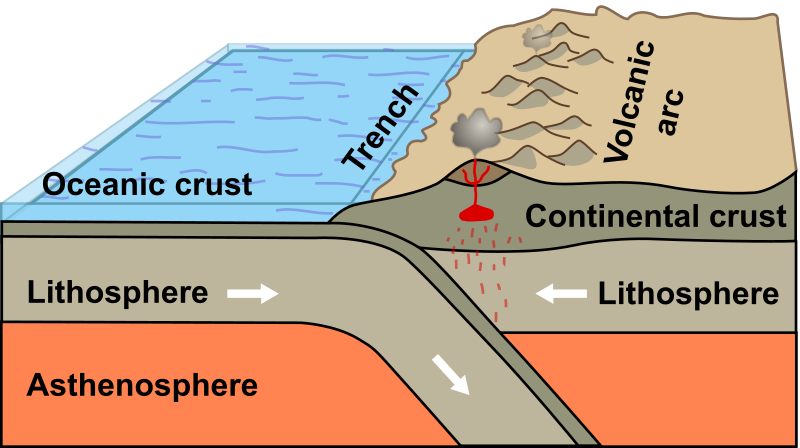
2. Glacial Activity – Ice Age Architect
Glaciers sculpted the globe’s topography throughout the last Ice Age, carving out vast basins in their wake. Once the icy invaders retreated, their heartland gradually filled with water, sculpting magnificent glacial lakes. A prominent example is the majestic ‘Great Lakes’ surrounding North America, which cradle the timeless beauty born from glacial activity.
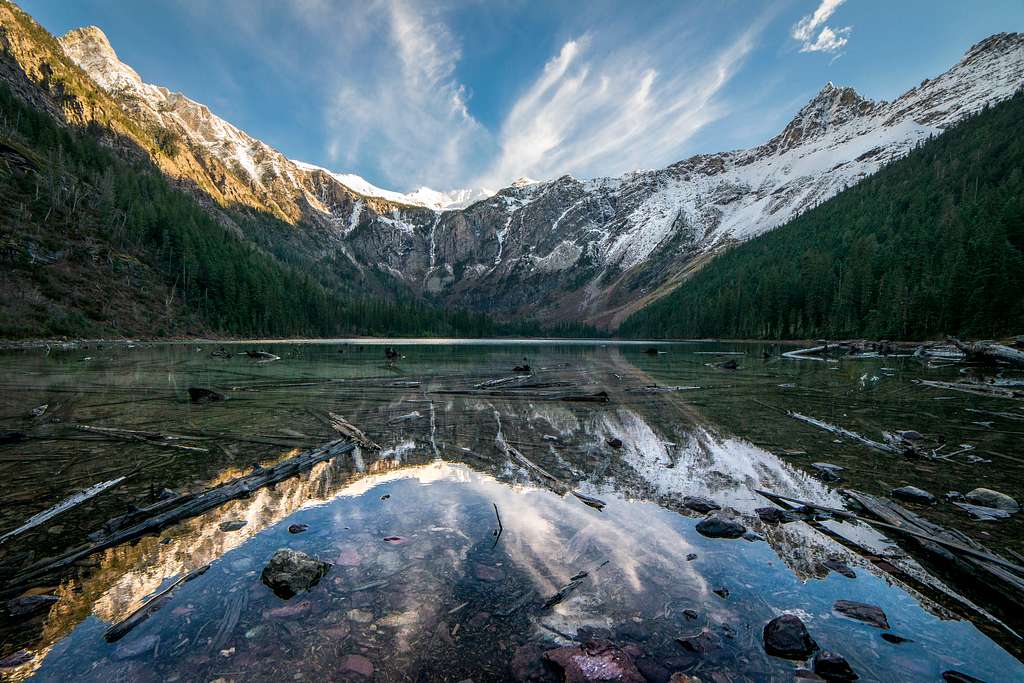
Role of Volcanoes
Volcano’s fury, bizarrely enough, also contributes to the formation of serene water bodies:
Crater Lakes – Calm After the Fire
A fierce volcanic eruption can tear open scars on the earth’s surface, leaving behind craters. Year after year, rainfall gradually brims these cavities, evolving into serene crater lakes – symbols of nature’s resilience. Notable examples include Crater Lake, residing in Oregon, and Lake Taupo, nestled in New Zealand – crystalline gems born out of volcanic havoc.
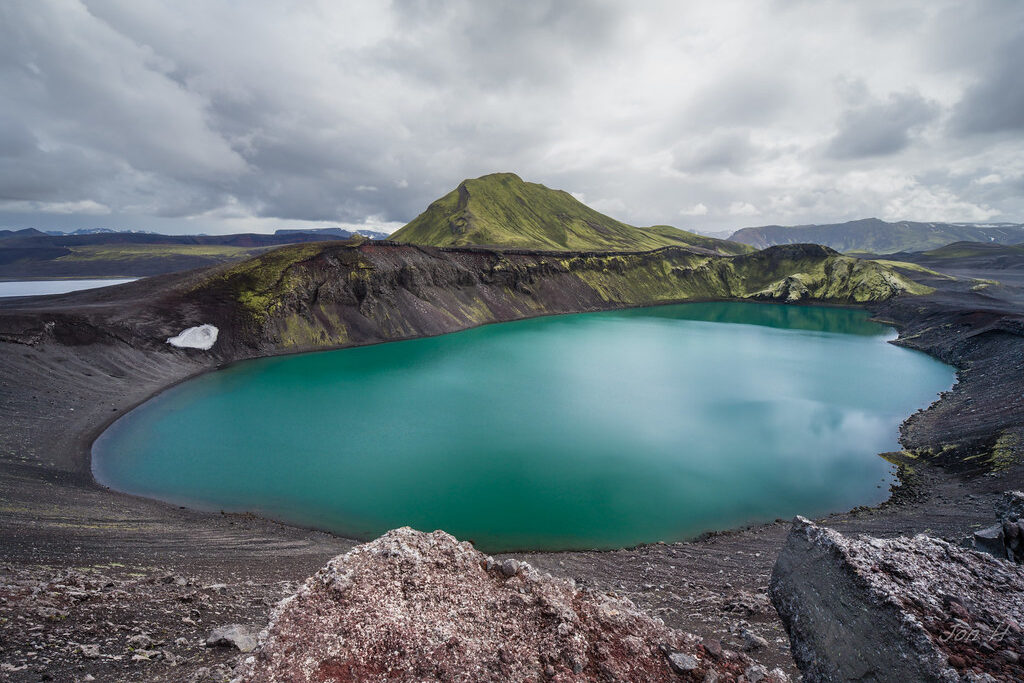
Hydrological Processes
The capricious yet artistic hydrological processes also play a significant role in birthing lakes:
1. Oxbow Lakes – River’s Silent Offsprings
A river, over the course of its existence, adopts a unique pattern colloquially referred to as ‘meandering’ – a form of coiled navigation across the landscape. Sometimes, a loop of these meandering watercourses becomes detached, leaving behind a crescent-shaped body of water known as an oxbow lake. These charmingly shaped lakes are commonly found nestled within river floodplains.
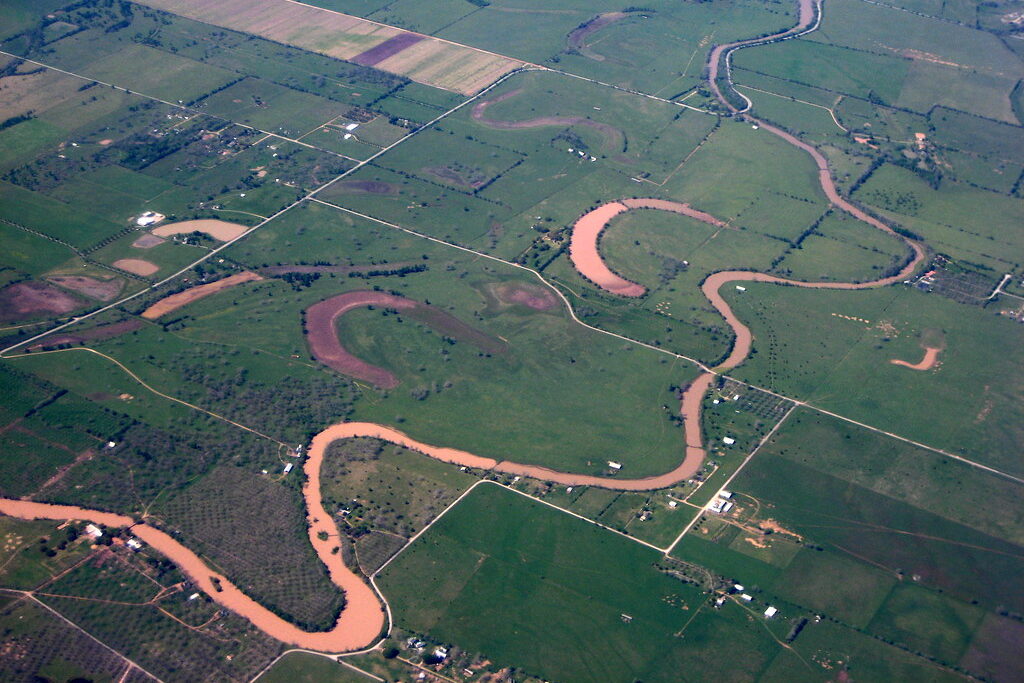
2. Karst Landscapes – Sinkhole Miracles
In areas rich in limestone, subsurface caves and channels may finitely endure the relentless erosive onslaught, eventually collapsing to form sinkholes. Nature often paints these depressions with a waterscape, curating awe-inspiring karst lakes like the emerald Green Lake in Austria.
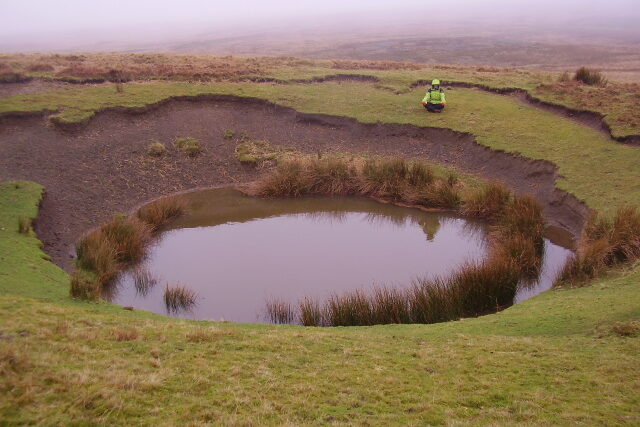
The Influence of Climate and Precipitation
Lake formation is extensively influenced by climate and precipitation factors:
1. Glacial Melting – Footprints of a Warming World
As the planet’s temperature rises, fury-laden glaciers start to melt, releasing copious amounts of water. This thaw can accumulate in topographical depressions, laying the groundwork for glacial lakes – dramatic testimonials to climate change’s impact.
2. Rainfall-Blessed Lakes – Gifts of the Sky
Regions blessed with heavy precipitation, like the Amazon Rainforest, witness the dance of water on land, forming majestic water bodies like Lake Titicaca in South America – a marvel ascended from heavenly rains.
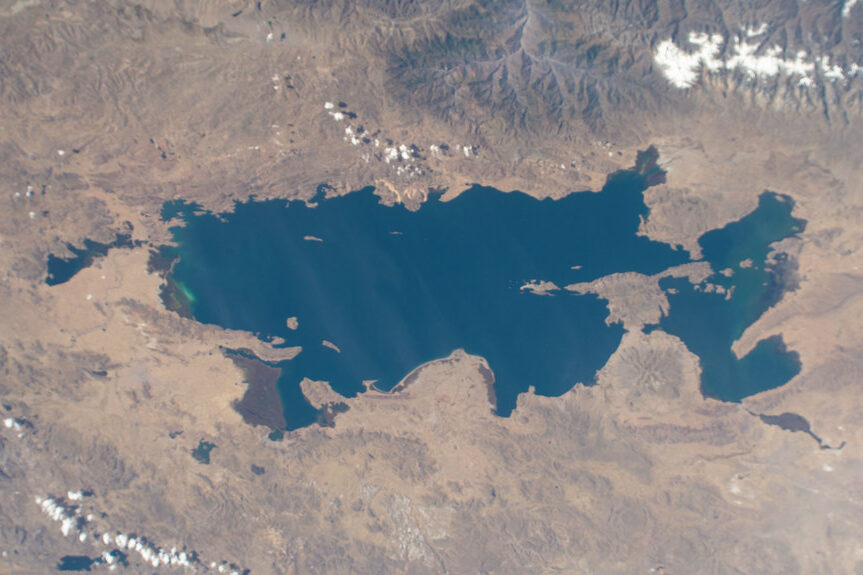
Mankind’s Role in Lakes Formation
Man’s ingenuity, driven by pragmatism and need, has also contributed to the formation of lakes:
Reservoir Lakes – Harnessing Aquatic Potential
Enthusiastic construction of dams for varied reasons, most notably hydroelectric power generation and water supply, compels the formation of artificial water bodies known as reservoirs. Many of these reservoirs are human-made creations we fondly call lakes.
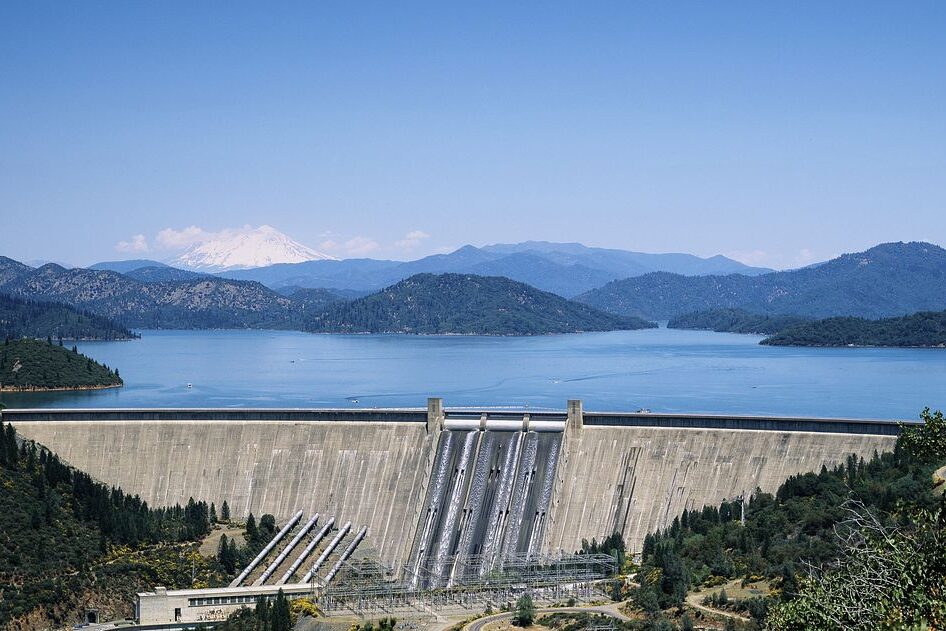
Lake Ecosystems: Lakes as Cradles of Life
Lakes aren’t merely gatherings of water; they serve as the pulse of aquatic ecosystems teeming with life.
1. Flora and Fauna – Nature’s Flourishing Gardens
These tranquil water bodies beckon a myriad of plant and animal species, providing hospitable habitats that nurture life in all its diversity. Remarkably, some lake ecosystems even harbor species exclusive to their terrain, contributing to Earth’s biodiversity. They serve as a laboratory of evolution and adaptation, further enriching our understanding of life on Earth.
2. Water Quality – The Balance of Life
The vitality of a lake and its ecosystem’s integrity are closely associated with its waters’ purity. Unfortunately, pollutants and rampant human activities can destabilize these ecosystems, reminding us of the fragility of nature’s balance and reinforcing our responsibility toward its preservation.
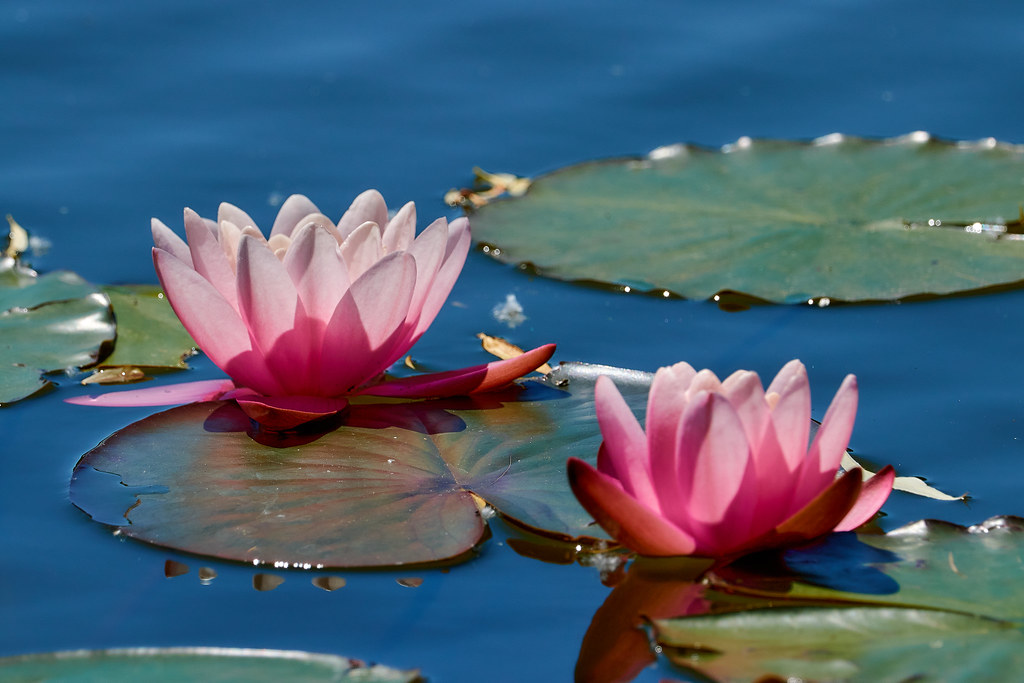
Final Thoughts
Lakes are a testament to nature’s intricate choreography of geological processes, climatic conditions, and human activities. They are more than just regions of sublime beauty; they are integral cogs in our planet’s ecological mechanism, underlining our role in their conservation.
Frequently Asked Questions
Are all lakes natural?
No, not all lakes are naturally formed. Human intervention, notably the construction of dams, has resulted in several man-made lakes, signifying our footprint on nature’s canvas.
Do lakes have a significant impact on local climate?
Yes, lakes can substantially influence the climate of their surrounding landscapes. Lakes play an understated yet remarkable role in shaping local weather conditions by regulating temperatures and altering precipitation patterns.
Are lakes permanent features of the landscape?
While lakes may seem permanent, many are transient features on Earth’s ever-shifting palate. Some lakes may dry out over time due to climatic changes, depleting water sources, or geological movements, whereas others prove their longevity by surviving for millions of years.
What is the largest lake in the world by surface area?
The Caspian Sea, contrary to its nomenclature, holds the title of being the world’s largest lake by surface area, a stunning testament to nature’s grandeur.
Can lakes be harmful to the environment?
Although lakes harbor delicate ecosystems and contribute to local climatic conditions, they can turn detrimental when negatively affected by pollution and unrestrained human activities. These can upset the balance of the ecosystems they nurture, threatening the rich biodiversity within.
